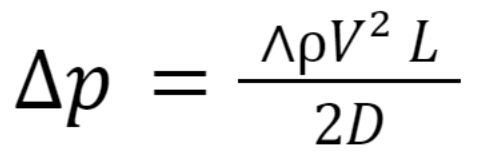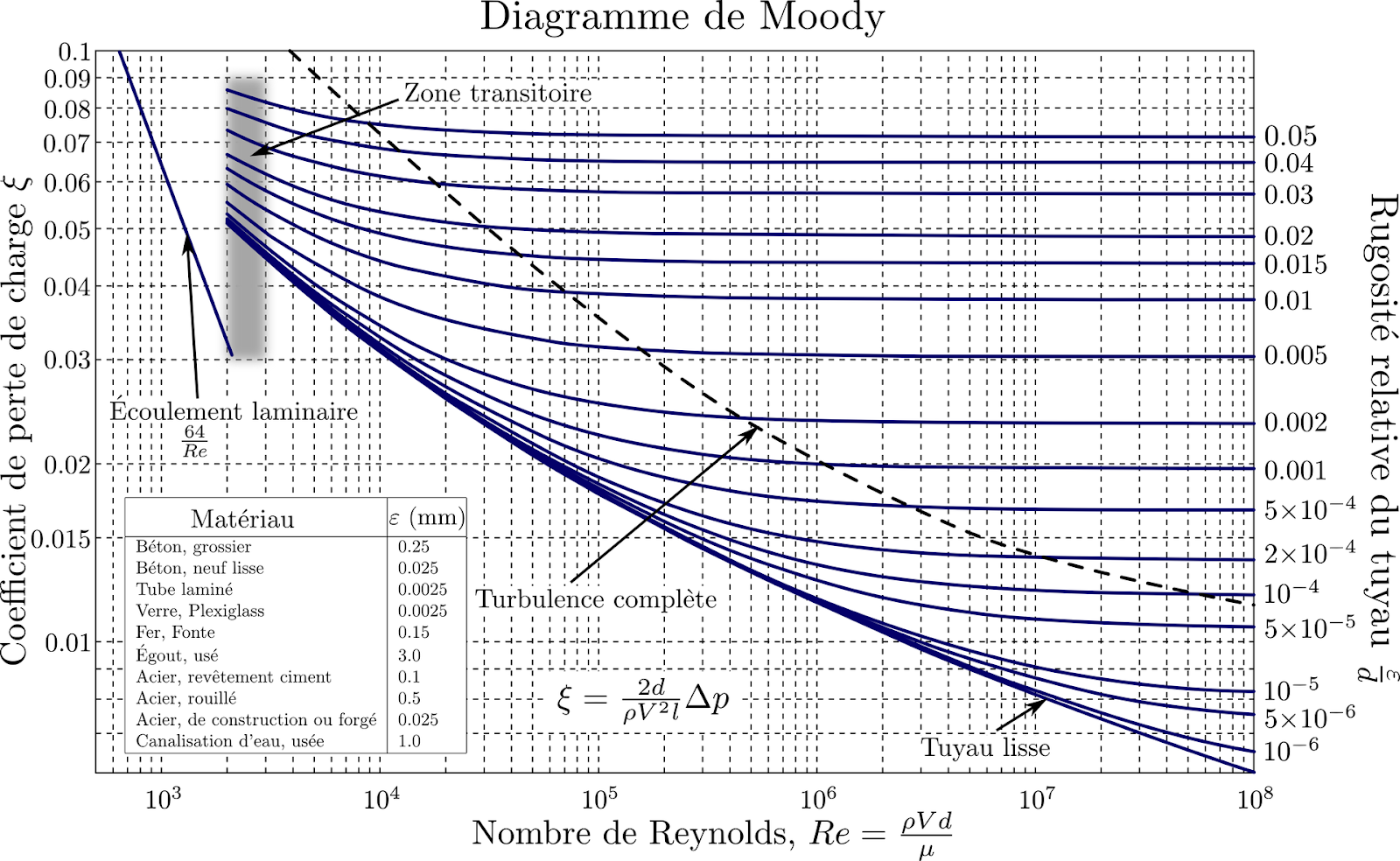What is the recommended diameter of the pipes between Dualsun SPRING panels and the technical room?
The choice of the diameter of the hydraulic lines between the Dualsun SPRING3 or SPRING4 panels and the technical room directly influences the hydraulic pressure drops.
Choosing the diameter depends on the type of installation: number of panels and the glycoled water flow necessary.
Note: For a solarothermal application the nominal flow of the heat pump can vary a lot depending on the model. It is therfore necessary to double check this valu before choosing the diameter of the pipes.
To simplify the work of design offices and installers, we recommend the diameters that we believe to be optimized. We have thus defined charts for the different applications possible with the Dualsun panels.Spring : the flow rates per application are recommended to optimize heat exchanges.
1 - Individual Solar Water Heating Application (ISWH) or solarothermal Heat Pump
The nominal flow rate is 60 L/h/panel.
Multilayer piping
Number of panels | 1 → 9 | 10 → 16 | 17 → 30 | 31 → 54 | 55 → 102 |
Pipe diameter | DN20 | DN26 | DN32 | DN40 | DN50 |
Copper piping
Number of panels | 1 → 9 | 10 → 16 | 17 → 30 | 31 → 54 | 55 → 90 |
Pipe diameter | DN18 | DN22 | DN28 | DN32 | DN42 |
Corrugated stainless steel piping
Number of panels | 1 → 8 | 9 → 14 | 15 → 24 | 25 → 44 | 45 → 76 |
Pipe diameter | DN16 | DN20 | DN25 | DN32 | DN40 |
2 - Individual Solar Water Heating Application (ISWH) with Thermal Discharge or solarothermal heat pump
The nominal flow rate is 100 L/h /panel.
Multilayer piping
Number of panels | 1 → 12 | 13 → 24 | 25 → 44 | 45 → 80 |
Pipe diameter | DN26 | DN32 | DN40 | DN50 |
Copper piping
Number of panels | 1 → 10 | 11 → 20 | 21 → 30 | 31 → 60 |
Pipe diameter | DN22 | DN28 | DN32 | DN42 |
Stainless steel piping
Number of panels | 1 → 8 | 9 → 14 | 15 → 26 | 27 → 46 |
Pipe diameter | DN20 | DN25 | DN32 | DN40 |
3 - Direct solar pool heating application (without heat exchanger)
The nominal flow rate is 200 L/h /panel.
For this flow we recommend that the pipes must be PVC pressure.
Number of panels | 1 → 18 | 19 → 32 | 23 → 56 | 57 → 90 |
Pipe diameter | DN40 | DN50 | DN63 | DN75 |
➕ What piping is recommended between the solar panels and the hot water tank?
Pressure drop theory
The formula for calculating linear pressure drops in a straight pipe is written as follows:
With:
Δp = Linear pressure loss in Pa
∧ = Pressure loss coefficient (value without dimension)
⍴ = Fluid density in kg/m3
V = Flow velocity in m/s
D = Internal diameter of hydraulic line in m
L = Length of hydraulic line in m
Thus the pressure losses are:
Linearly proportional to the length of the pipes
Inversely proportional to the pipe diameter
Proportional to the square of the fluid flow velocity
As the flow rate is calculated to optimise the heat exchange between the solar panels and the solar storage tank, to limit the pressure losses in the hydraulic lines it is then necessary to:
Bring the solar panels as close as possible to the technical room
Choose a sufficient pipe diameter
On the other hand, the viscosity of the fluid and its flow rate determine the pressure drop coefficient, as shown in the Moody diagram below:
Source: Wikipedia
The average roughness of the multilayer tube is 0.006 mm. Its relative roughness varies between 1.4.10-4 and 5.10-4
The average roughness of the PVC pressure pipe is 0.0015 mm. Its relative roughness varies between 2.3.10-5 and 4.4.10-5.
With the pipe diameters calculated in the charts above, the Reynolds number varies between 5000 and 60,000.
The average pressure drop coefficient to be used in the calculations, based on relative roughness and Reynolds number, is 0.025.


